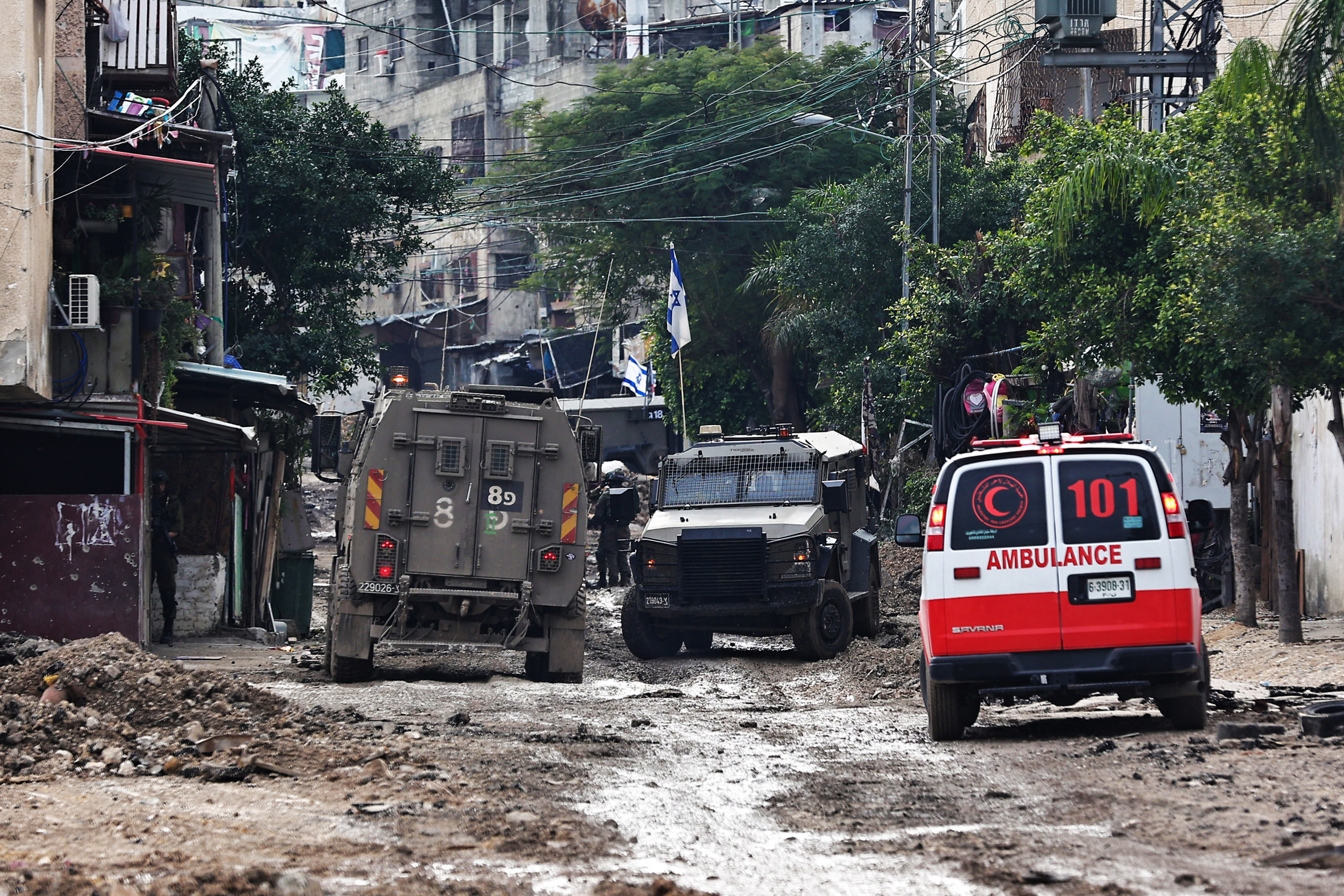Israel withdrew some of its troops from Gaza following U.S. pressure to transition to a narrower, more targeted campaign and reduce the heavy toll on Gaza’s civilian population, The Wall Street Journal reported.
The announcement earlier this week has sparked fears among some Israeli officials that the change will constrain the Israel Defense Forces’ (IDF) ability to address a possible escalation in Hamas militant activity, according to the WSJ. Civilians, and Hamas militants along with them, will likely be able to trickle back into the areas vacated by Israeli troops, a retired Israeli general said.
“We paid a very high price for something that is going to have no meaning in a short time,” Giora Eiland, the former general, told the WSJ. (RELATED: UN Agency Teachers Praised Hamas Oct. 7 Attacks In Group Chat, Watchdog Finds)
The IDF withdrew the 36th division from the Gaza Strip on Monday before the official announcement, according to research from the Institute for the Study of War. Hamas’ military wing, the al-Qassam Brigades, then fired rockets into southern Israel from locations previously held by the 36th.
Israel began the war with massive aerial bombardments on targets in Gaza before launching a full-scale ground operation aimed at finding and eliminating thousands of Hamas fighters embedded in tunnels and civilian buildings in tightly-packed urban areas. On Monday, Israel’s defense minister said the IDF had neared the end of the most intensive phase of the fighting since it began in October, according to the WSJ.
“In north Khan Younis, in south Khan Younis, in east Khan Younis, in all of these places, the battalion structure [of Hamas] has been dismantled and the Khan Younis brigade in practice is slowly coming apart as a fighting force,” Defense Minister Yoav Gallant said on Monday, the WSJ reported.
Hamas-led Palestinian authorities say 24,000 Palestinians, primarily women and children, have been killed in the fighting — although the numbers do not distinguish between civilians and combatants, the WSJ reported. The Biden administration has voiced concerns about the rate of civilian losses as Israel’s campaign continues.
“We’ve encouraged Israel, particularly now as it shifts to this new phase, to do so, in terms of their operations, as surgically and as precisely as possible to minimize those casualties,” National Security Council spokesperson John Kirby said during a Tuesday briefing while acknowledging that Hamas remains a threat.
Secretary of State Antony Blinken, speaking at the World Economic Forum on Wednesday, called the civilian toll “gut-wrenching” and highlighted U.S. pressure on Israel to adjust its fighting methods, The New York Times reported.
“We’ve made judgments about how we thought we could be most effective in trying to shape this in ways to get more humanitarian assistance to people to get better protections and minimize civilian casualties,” he said, the NYT reported. “Every step along the way, not only have we impressed upon Israel its responsibilities to do that, we’ve seen some progress in areas where, absent our engagement, I don’t believe it would have happened.”
While the withdrawal of forces could free up more units to respond to growing unrest elsewhere, including in the West Bank, it could also jeopardize Israel’s stated goal of totally destroying Hamas, according to the WSJ. And doing so could leave Israel vulnerable to future attacks.
The National Security Council and the Pentagon did not immediately respond to the Daily Caller News Foundation’s request for comment.
All content created by the Daily Caller News Foundation, an independent and nonpartisan newswire service, is available without charge to any legitimate news publisher that can provide a large audience. All republished articles must include our logo, our reporter’s byline and their DCNF affiliation. For any questions about our guidelines or partnering with us, please contact [email protected].

